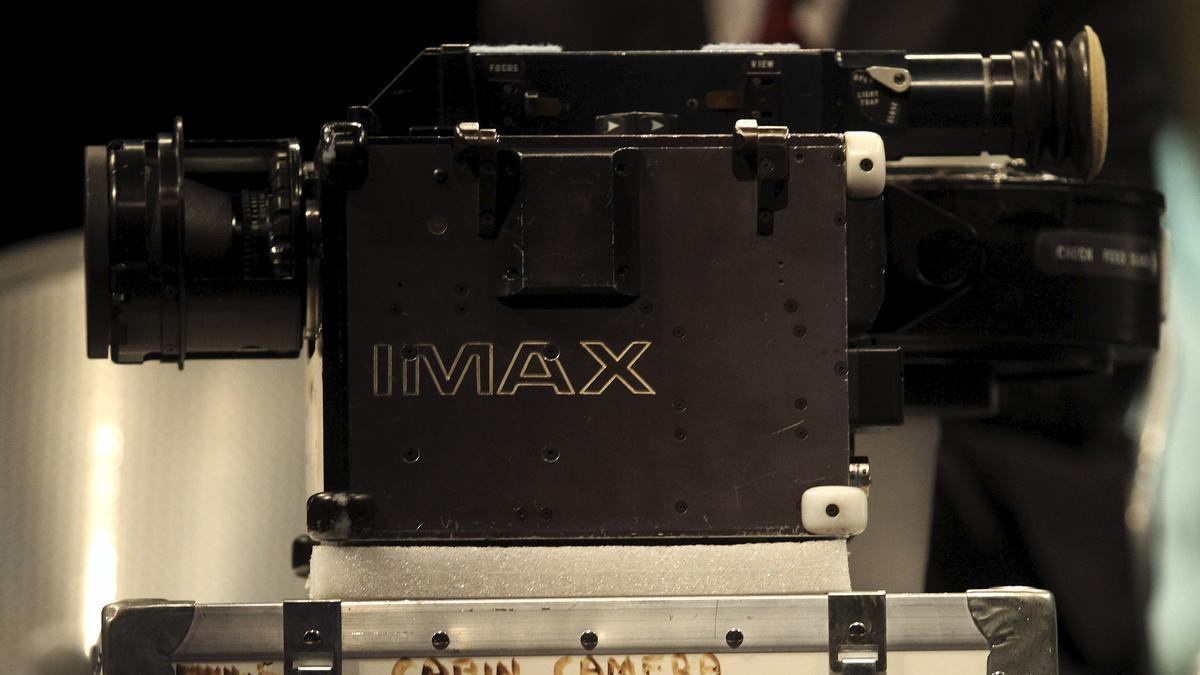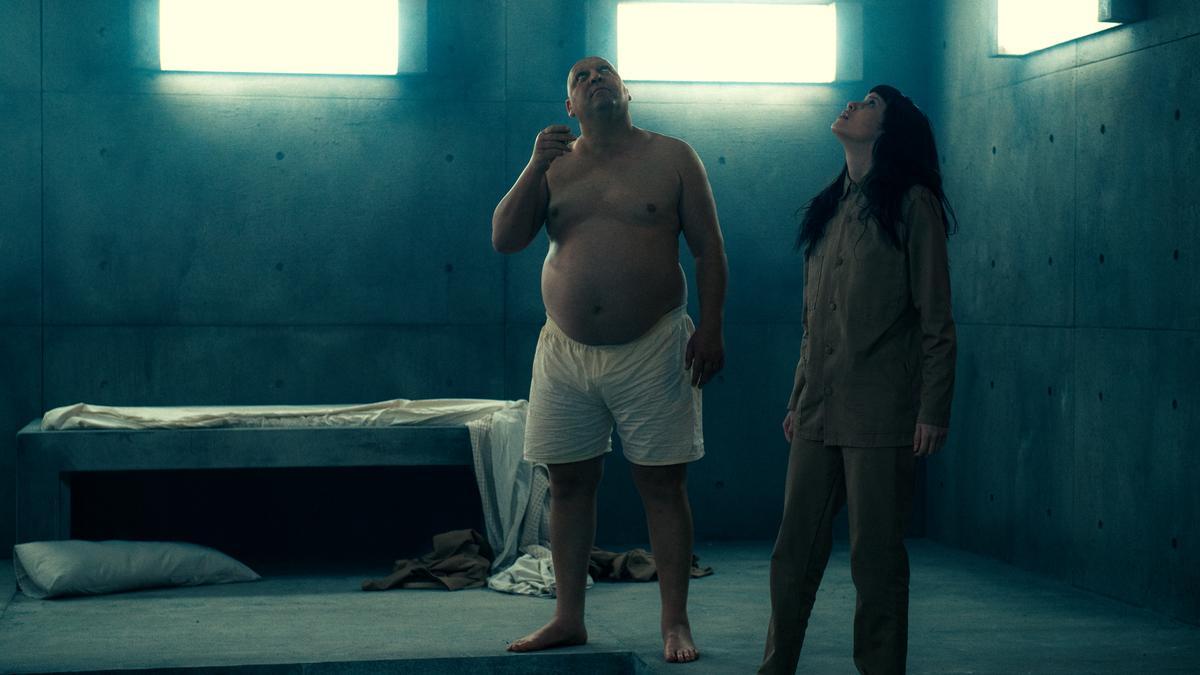
Cinema has always been a home to spectacle. Most theatrically released cinematic works, especially until the development of digital photography, employed the use of 35 mm film stock to capture stunning vistas and cinematic protagonists. For the bulk of its history, almost all movies were shot using this 35 mm film. However, with the advent of digital sensors, most modern cinematic productions have transitioned away from 35 mm film, a move that has stirred debates among film purists. They argue that film stock provides a superior resolution and aesthetic quality that digital can’t quite replicate.
Standard film stock is essentially a photochemical emulsion with a total width of 35 mm, which records images vertically as it passes through a camera. This stock contains sprocket holes, known as perforations, which facilitate the movement of the film through the camera. A standard 35 mm film typically contains four perforations. It’s evident that a larger surface area on a piece of film would allow for more photographic information to be captured. This was achieved with the introduction of 70 mm film stock. The vast landscapes of the American West in Raoul Walsh’s 1930 film “The Big Trail” were revealed in vivid detail thanks to the 70 mm film. However, it wasn’t until the 1950s, when television began to draw viewers away from theaters, that Hollywood saw the need to make 70 mm a central feature.
This era heralded the release of cinematic epics such as “Lawrence of Arabia” and “The Sound of Music” in the 1960s. The visual splendor and enhanced sound quality provided by the 70 mm format clearly had a significant impact. During this time, four innovators—Graeme Ferguson, Roman Kroitor, Robert Kerr, and William C. Shaw—came together to develop what we now know as IMAX.
IMAX is a motion picture film format that incorporates a comprehensive production pipeline of high-resolution cameras, specialized film formats, advanced projectors, and dedicated theaters. Developed in Canada during the 1970s, IMAX aims to deliver an immersive movie-watching experience through its expansive screens. The aspect ratio of IMAX theater screens is 1.43:1, with screens reaching up to 18 by 24 meters in size. The largest IMAX screen, located in Leonberg, Germany, measures a staggering 38.8 meters by 21 meters.
The IMAX negative frame has a size of 70×48 mm, almost eight times that of traditional cinema film stock. The IMAX format uses 70 mm film that runs horizontally through the projector. In conventional film projection theaters, 35 mm or 70 mm film runs vertically. Thanks to this horizontal orientation, IMAX images can be projected at sizes 8.3 times that of a standard 35 mm film or 3.
.4 times that of a regular 70 mm film. This larger surface area results in an image with more photographic detail.
IMAX cameras are notably larger and bulkier compared to standard cinema cameras, due primarily to the large film format they employ. This size facilitates higher resolution and clarity. Digital IMAX cameras, while smaller than their film-based counterparts, are still larger than most standard digital cinema cameras due to their advanced sensors and technology. The IMAX film format delivers an exceptionally high resolution compared to its 35 mm counterpart. Theoreticians estimate that a 35 mm film would have a digital resolution of around 4k, while a 70 mm film might resolve at around 8k. In contrast, the IMAX format boasts an estimated equivalent digital resolution of 18k.
In terms of longevity, film as a capture and storage medium can last indefinitely. This suggests that as digital projection technology advances, future generations may be able to extract even more detail from an IMAX frame. The Dark Knight was the first significant motion picture to be filmed using high-resolution IMAX cameras. Its billion-dollar box office haul and numerous award nominations, including for cinematography, solidified IMAX’s potential as a motion picture format. Christopher Nolan’s other films such as “The Dark Knight Rises,” “Interstellar,” “Dunkirk,” and the recent “Oppenheimer,” have further demonstrated the commercial viability of the IMAX format, sparking interest among filmmakers like J.J. Abrams, Michael Bay, and Damien Chazelle.
Moreover, there is a rising trend of conventionally shot films being upscaled for IMAX projection; the improved sound and visual quality are designed to enhance the viewing experience. In recent years, IMAX has also ventured into digital filmmaking with its own line of certified high-fidelity digital cameras. Captain America: Civil War was the first film to use such a camera, and many subsequent blockbusters, including “Top Gun: Maverick” and the Dune series, have also embraced the format. While there are concerns about the oversaturation of IMAX-format digital productions, filmmakers like Christopher Nolan, Jordan Peele, and Ryan Coogler continue to champion the use of IMAX film.
Despite its advantages, IMAX does have its drawbacks. The most prominent is cost. IMAX cameras are expensive to rent, and the cost of purchasing and processing the 65 mm film, which runs horizontally in IMAX cameras, is considerable. With 15 perforations per frame, moving at 24 frames per second, over 300 feet of 70 mm film are required for each minute shot. Additionally, IMAX cameras are noisy due to the rapid movement of film through the camera, making synchronous audio recording challenging and necessitating ADR (Automated Dialogue Replacement). This added cost is exacerbated by the camera’s bulkiness, which requires additional equipment for stable shooting.
Nonetheless, IMAX is continually working on improving its camera technology to make them more mobile and reduce mechanical noise. These advancements, alongside the format’s adoption in major film productions, indicate that IMAX is a fixture in the future of cinema.










